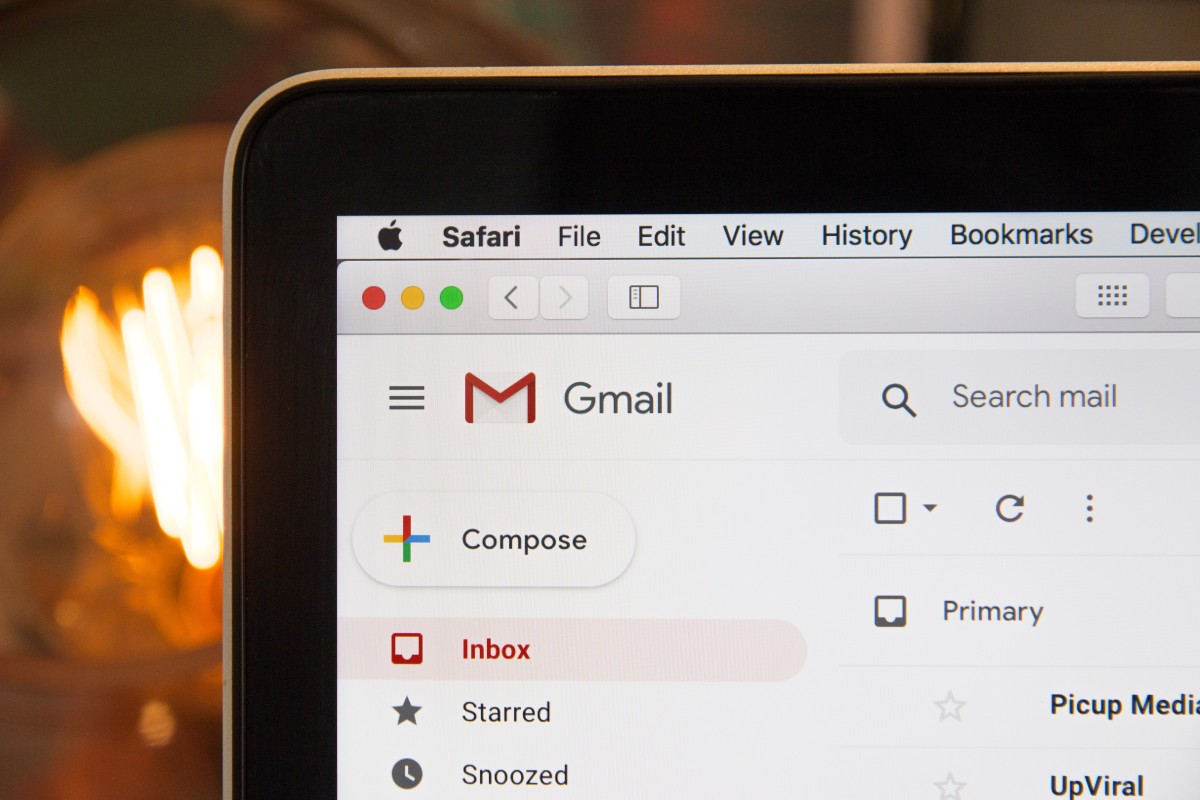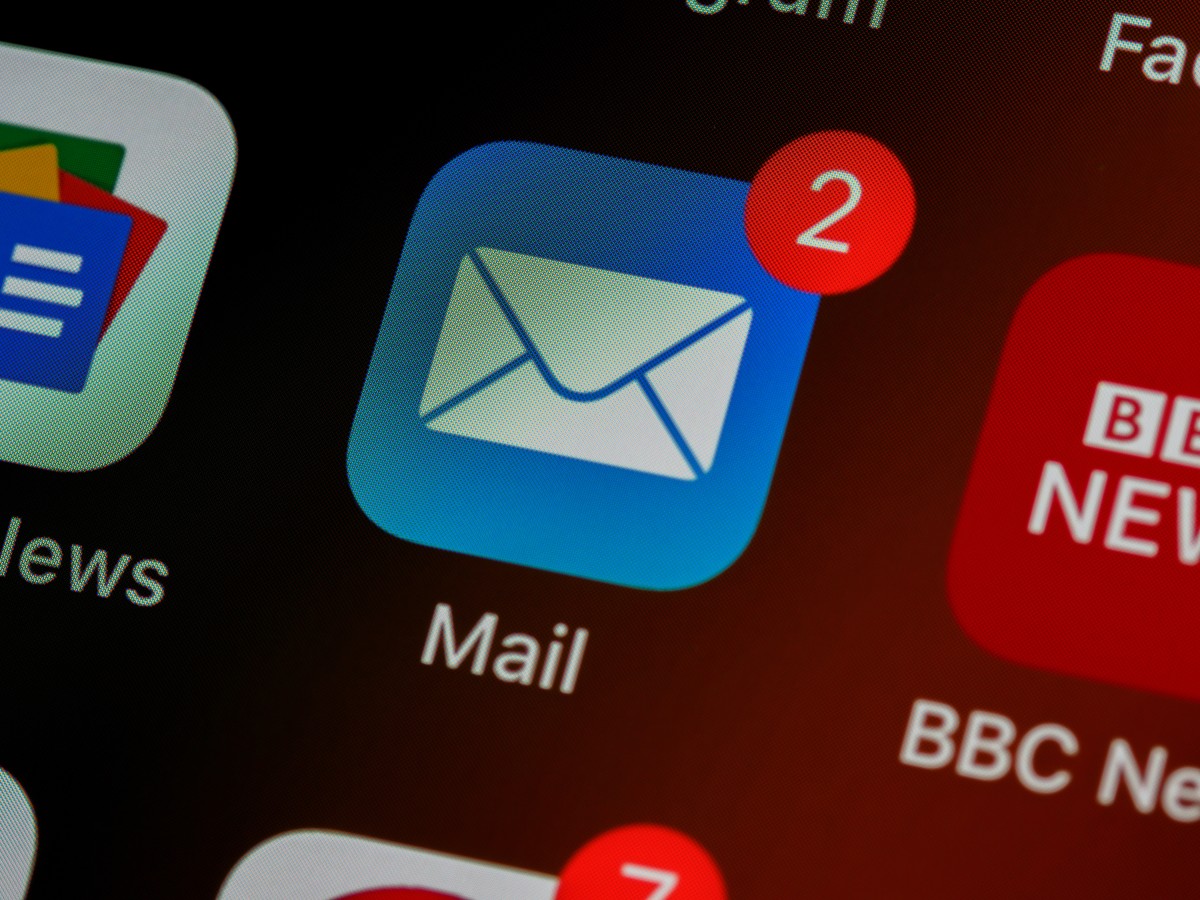How to Automate Your Follow-Up Emails
No matter if you’re a small mom-and-pop business or an online retaining giant there’s one thing that universally guarantees, and that’s follow-up marketing. It can vary in method and scope, from chatting with frequent visitors to your storefront to sending email chains to online visitors.
While generating leads for online businesses is important, without follow-up emails they’ll never be converted into a customer. Lead generation is essentially an overture for customer growth, which would mean that follow-up emails are the leadup to the finale. They provide a necessary transition between lead generation and the act of converting visitors to customers.
What Are Follow-up Emails?

Follow-up emails are most easily defined by their own name. They are emails that you send to previously contacted people to follow up on their activities. They can widely range in intent, from casual reminders to customer satisfaction reviews. While they primarily serve to help potential customers follow through with their purchases they can also help in customer retention. You can write each email by yourself, but if you’re trying to grow your business you’ll need to automate that process.
Why are Follow-up Emails Important?

Follow-up emails are one of those things that amateurs might see as an unnecessary step in optimizing a business. They might think why waste time when you can focus on actual customers? That kind of thinking is flawed for multiple reasons. One, if you’re following up with a satisfied customer, there’s a higher chance they’ll shop with you again. That’s because there are thousands if not millions of businesses that are unresponsive and unhelpful. And with bad customer relations, there’s no way for them to have repeat customers. Just as it is with products it’s better to have quality repeat customers, than a large quantity of unsatisfied customers.
How to Automate Follow-up Emails?
1. Find the right tool

Firstly you need to find the right tool. They vary in price and quality but they all have the basic need for follow-up automation. You could get a tool that solely does automation, but it’s worth recommending bulkier tools that have other marketing-oriented features too. That way you automatically have the means to analyze the success of your follow-up campaigns. Some noteworthy examples of marketing tools with follow-up automation are Bitrix24, Salesflare, Keap, and Outreach.io. Having a proper follow-up tool for emails means less hassle for you and a wider reach toward potential customers.
2. Craft the perfect email

Next, you need to craft your follow-up emails. This is the key step in follow-up automation because it shows your intent and has a direct connection with your customer. You need to think carefully about what to write, how to approach your target audience, what tone to take, and so much more. Before you start writing, think about the people you’re following up with. If they’re repeat customers, make sure to thank them for their patronage. But sending that same email to someone who only browsed your website might be confusing. So make sure that every type of customer has their own follow-up email style.
3. Keep it short and sweet

People generally don’t like reading emails. It reminds them of work or other tedious situations. That’s why your follow-up emails should be short and sweet. If you write novel-sized emails, it’s almost guaranteed people will ignore them. Therefore it’s important to concentrate your message on just a few short paragraphs so that you can save time for both yourself and your customers.
Conclusion
If you want your business to succeed you have to pay attention to details. This doesn’t only include production or the design of your website. It also includes continuous relationship management with your customers. And automating follow-up emails is the perfect way to do so. You’re saving yourself the hassle of writing thousands of individual emails while keeping in touch with each and every visitor that used your store, subscribed to your newsletter, inquired about a product, and more.



